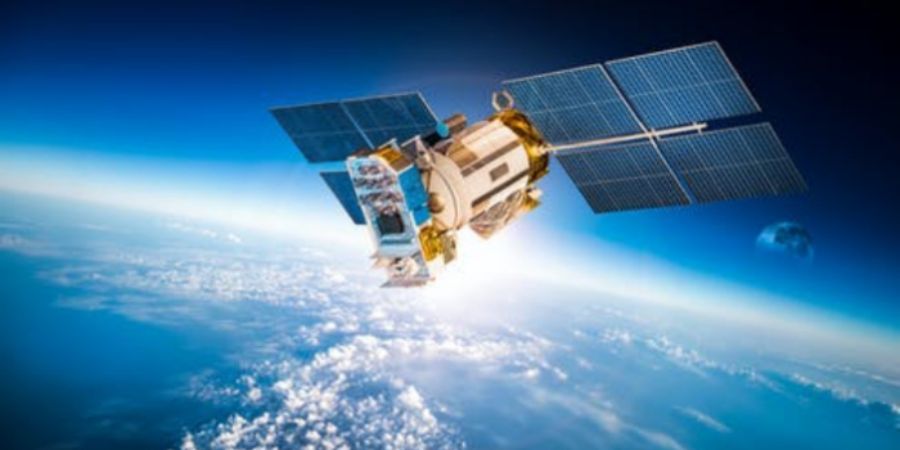

The Cassini-Huygens exploration of Saturn, a seven-year joint venture of NASA, the European Space Agency, and the Italian Space Agency, is realizing more surprising discoveries. In addition to discovering that Cassini is geologically active in contrast to its nearby neighbor Mimas, Cassini has now proven that it is Enceladus indeed that is responsible for the E ring of Saturn. The E ring of Saturn is Saturn’s broadest, faintest ring.
Enceladus is a small moon 314 miles across that so bright it reflects nearly one hundred percent of its heat. For this reason, it is a very cold moon, with a temperature of near minus 330 degrees Fahrenheit. Its orbit is influenced under the large gravitational pull of Saturn as well as the gravitational influence of large nearby moons Tethys and Dione. Previous voyages by Voyager as well as Cassini have shown it to be a moon having sharp geological contrasts over its surface for a moon of such small size.
It has long been speculated that Enceladus has somehow been responsible for the E ring of Saturn. An ice particle stream propelled by water vapor was first detected through the use of the High Rate Detector (HRD) of the Cosmic Dust Analyzer (CDA) on Cassini’s approach of 286 miles in July. However it was not confirmed until November 26, 2005 when Cassini made the closest approach of any of Saturn’s moons yet. This orbit of 109 miles used infrared detection to confirm the ejection of ice particles in a plume from the south pole.
This plume of ice particles confirms a theory proposed that Enceladus is a source of the fine ice particles responsible for making up one of Saturn’s rings, the E ring. The E ring is composed of ice particles near the 3 micron range. The average size of particles emitted by Enceladus is in the 10 micron range. However, this theory is still consistent because the largest particles are believed to be too large to escape the moon’s gravity. The medium-sized particles probably leave the atmosphere but are pulled back before fully escaping. Only the finest, tiniest particles of the plume make it out to form the E ring.
Enceladus is very similar to a comet in the way it ejects ice particles. The difference lies in the fact that in a comet the ice is warmed by sunlight. The source of Enceladus’s heat is largely unknown. Some sort of internal mechanism, possibly a tidal force or a radioactive mechanism, is creating an enormous amount of heat for such a small moon. This is the wonderful unsolved mystery behind Enceladus, and the ultimate reason for the existence of Saturn’s E ring.
1) Enceladus Erupting – A Nasa Report – 12-7-05
2) Enceladus Plume – Jet Propulsion Laboratory – 12-6-05
3) Possible Source of E Ring – Bill Arnett – 2-17-05
4) Saturn: Moons: Enceladus – Nasa: Solar Systems Exploration – 10-6-03
5) Enceladus’s Tiger Stripes are Really Cubs – Nasa Release






